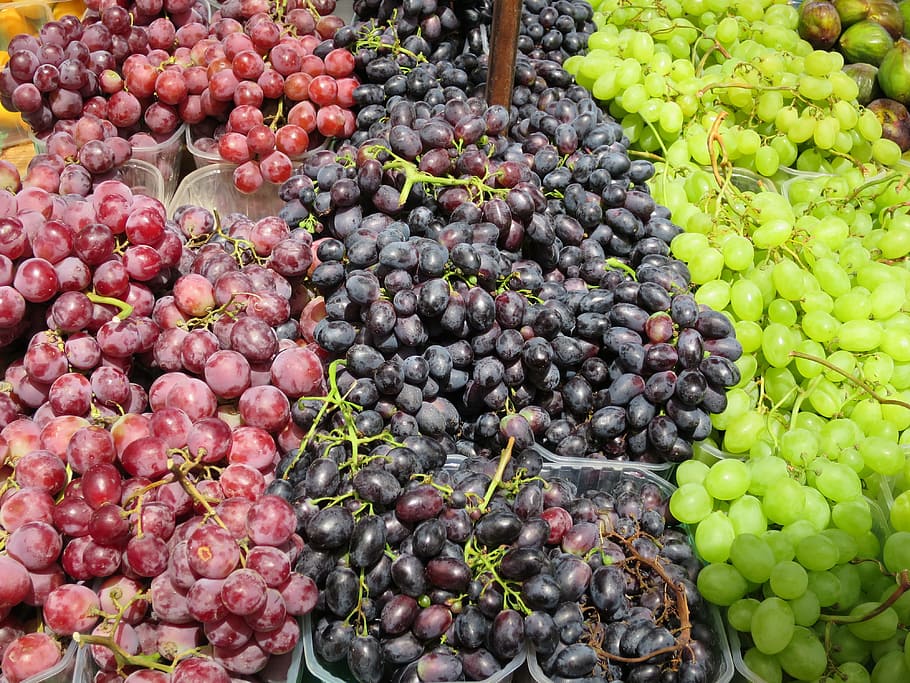US and Chile vie for share of competitive South Korean grape market
With South Korea’s domestic production of grapes falling, the country is relying ever more on imports. This opens up opportunities for the world’s major producers, especially Chile, with whom South Korea signed a Free Trade Agreement in 2004. Despite government efforts to protect the domestic grape industry by imposing higher tariffs, the share of imported grapes continues to rise. Chile, which benefitted from its early FTA access, has the highest market share. However, US grape imports have also been on the rise since South Korea removed its off-season tariffs in 2016.
South Korea’s aging farming population is another contributory factor to the decline in production, but the increased popularity of the Shine Musket variety, which is grown locally, has slowed the fall in domestic grape cultivation. South Korean consumers seek diversity in grape varieties, which has led to the introduction of new varieties every season. They are also willing to pay higher prices for premium products. Indeed, the price of grapes has continued to rise as demand still exceeds supply. The overall grape market in South Korea, which was once stagnant, is now projected to continue growing due to strong consumer demand.



